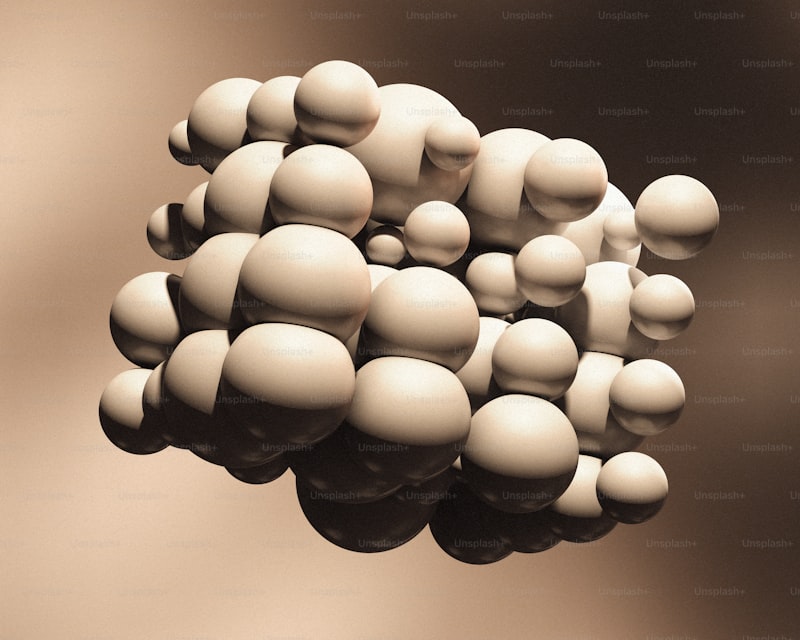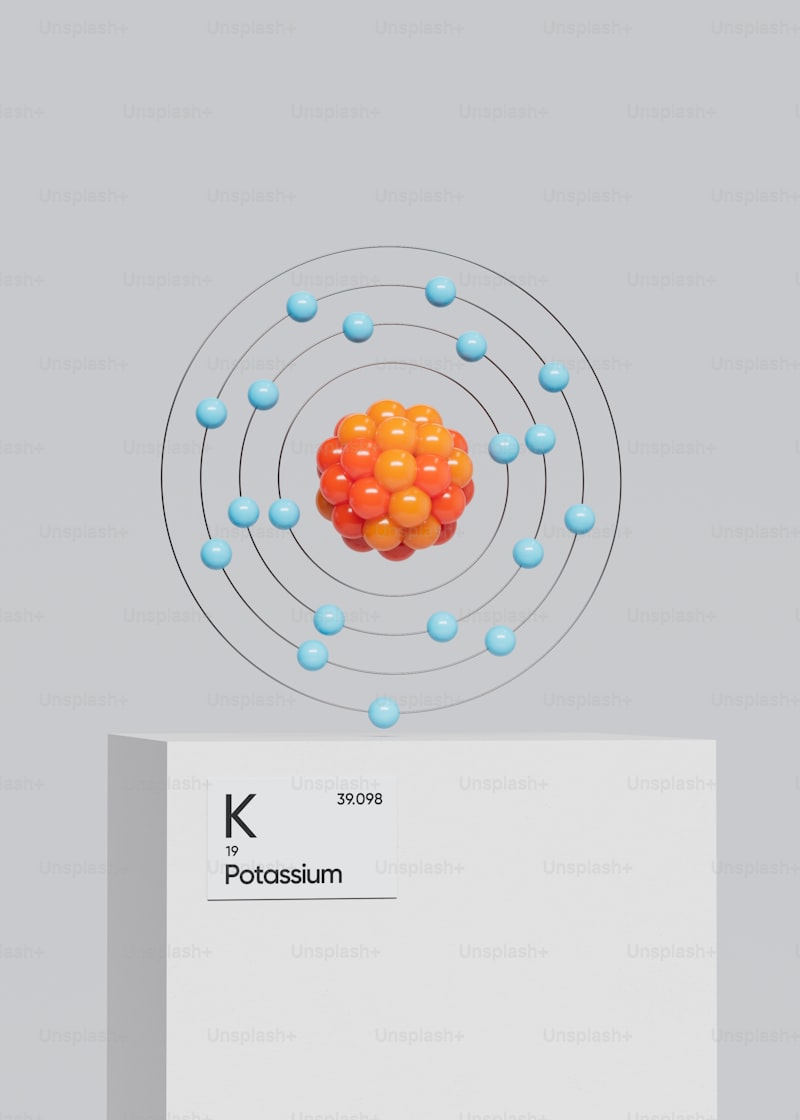One key adaptation is their ability to withstand extreme temperatures. Thermophiles, for instance, flourish in environments with temperatures exceeding 80°C (176°F). They achieve this feat by producing heat-resistant proteins known as chaperones, which stabilize other proteins and prevent them from denaturing under high heat.

Another remarkable adaptation is found in acidophiles, which thrive in highly acidic conditions with pH levels as low as 0. These organisms possess specialized cell membranes that are impermeable to protons, preventing acidification of their internal cellular environment. Additionally, acidophiles produce enzymes that are stable and functional under acidic conditions, allowing them to carry out essential biochemical processes.
Halophiles, on the other hand, have adapted to thrive in high-salt environments such as salt lakes and salt mines. They maintain osmotic balance by accumulating compatible solutes like potassium ions inside their cells, which counteract the dehydrating effects of external salinity. This adaptation prevents water loss and ensures cellular integrity even in extremely saline conditions.
Furthermore, extremophiles in deep-sea hydrothermal vents face challenges like high pressure and lack of sunlight. They utilize chemosynthesis, a process where they derive energy from chemical reactions involving sulfur compounds emitted from the vents. These organisms have evolved enzymes that are efficient at utilizing these compounds, providing them with a sustainable energy source in the absence of sunlight.
Unveiling Nature’s Extremophiles: How These Organisms Survive in Harsh Environments
Imagine a world where boiling water is the norm, or where the air is so acidic it can dissolve metal. These are the realms where extremophiles make their homes. Take, for example, the thermophiles, organisms that flourish in scalding hot springs. They have evolved enzymes and proteins that remain stable at temperatures above boiling point, allowing them to thrive where other life forms cannot.
Similarly, acidophiles revel in environments with pH levels that would dissolve human skin. Their cell membranes and internal chemistry are adapted to withstand the corrosive effects of acids, showcasing nature’s ingenuity in the face of adversity.
But it’s not just heat and acidity that these organisms conquer. Psychrophiles, for instance, flourish in freezing conditions, such as the icy depths of Antarctica. Their cellular machinery remains operational in temperatures that would freeze most organisms solid, demonstrating a unique biological resistance to cold.
The study of extremophiles isn’t just about marveling at their survival skills; it offers insights into potential applications in biotechnology and medicine. Enzymes from extremophiles, for example, are valuable tools in industries requiring high-temperature processes, such as food production and molecular biology techniques like PCR.
As researchers delve deeper into the secrets of these extreme survivors, they uncover new possibilities for understanding the limits of life on Earth and beyond. The adaptations of extremophiles challenge our understanding of what constitutes habitable conditions, pushing the boundaries of biology and inspiring new questions about the potential for life elsewhere in the universe.
Biochemical Marvels: Adaptations That Allow Extremophiles to Thrive in Extreme Conditions
Imagine a blistering volcanic vent at the bottom of the ocean, spewing forth superheated water rich in toxic minerals. In this hostile environment, where temperatures soar above boiling point and pressures reach crushing levels, thermophiles reign supreme. These heat-loving microorganisms have adapted their cellular machinery with specialized enzymes that remain stable and functional at temperatures up to 120°C. This ability not only astounds scientists but also raises questions about the potential for life beyond Earth in similarly extreme conditions.
On the opposite end of the spectrum, psychrophiles carve out a niche in the freezing realms of polar ice caps and permafrost. These cold-adapted extremophiles produce antifreeze proteins that prevent ice crystals from forming within their cells, ensuring survival in temperatures well below zero. Their resilience underscores the diversity of life’s adaptability, hinting at the possibilities for life in extraterrestrial environments like the icy moons of Jupiter and Saturn.
Acidophiles, thriving in highly acidic environments like sulfuric hot springs, possess a unique set of adaptations. They boast a robust arsenal of acid-resistant proteins and membranes that shield their delicate cellular machinery from the corrosive effects of acidity. Their survival strategy offers insights into industrial applications, such as bioremediation of acid mine drainage, where conventional methods fall short.
In hypersaline environments such as the Dead Sea, halophiles flourish amidst salt concentrations that would desiccate most organisms. These salt-loving extremophiles accumulate compatible solutes within their cells, balancing osmotic pressure and maintaining cellular integrity in the face of extreme salinity. Their ability to thrive in such harsh conditions inspires research into saline agriculture and pharmaceutical applications.
Beyond Limits: Exploring the Secrets of Extremophiles’ Survival Strategies
Extremophiles, the resilient inhabitants of Earth’s most hostile environments, defy conventional notions of life’s limits. From the scorching temperatures of volcanic springs to the icy depths of polar glaciers, these microorganisms showcase astounding adaptability. What secrets allow them to thrive where most life forms perish?
One key survival strategy of extremophiles lies in their ability to alter fundamental biological processes. For instance, some extremophiles modify their cellular membranes to endure extreme temperatures or pH levels. By adjusting lipid composition or incorporating protective proteins, they maintain structural integrity under harsh conditions that would dismantle ordinary cells.

Moreover, extremophiles employ ingenious biochemical adaptations. Enzymes from extremophiles, known as extremozymes, function optimally in extreme environments. These enzymes not only catalyze reactions at temperatures near boiling or freezing points but also withstand acidic or alkaline conditions. These properties make extremozymes invaluable in industrial processes, from laundry detergents to biofuel production.
Another remarkable trait is extremophiles’ ability to enter states of dormancy or hibernation. When environmental conditions become untenable, some extremophiles can form spores or cysts. These resilient structures shield their genetic material from damage until conditions improve, allowing them to survive long periods without water, nutrients, or oxygen.
Furthermore, extremophiles challenge our understanding of habitable zones. Discoveries of extremophiles in extreme environments on Earth hint at the potential for life beyond our planet. Their existence broadens the scope of astrobiology, raising questions about where and how life might exist elsewhere in the universe.
Nature’s Tough Survivors: The Intricate Biochemical Makeup of Extremophiles
Ever wondered how life thrives in the most extreme environments on Earth? Enter the world of extremophiles, nature’s true champions when it comes to survival against all odds. These microorganisms defy conventional limits, thriving in environments considered hostile to most life forms.
Extremophiles can be found in the most unexpected places — from boiling hot springs to the freezing depths of polar ice caps. What sets them apart is their ability to adapt to extreme conditions that would quickly extinguish other life forms. Imagine bacteria happily reproducing in highly acidic pools or archaea thriving in the crushing pressures of the deep ocean floor. It’s like watching a marathon runner breeze through hurdles while others struggle just to take the first step.
The secret lies in their biochemical makeup, which reads like a survival manual for the toughest places on Earth. These organisms have evolved unique enzymes and proteins that remain stable and functional in extreme temperatures, pH levels, or salinity. Think of these enzymes as molecular superheroes equipped with special powers to withstand and even thrive in conditions that would render typical enzymes useless.
Take, for instance, thermophiles, which thrive in temperatures exceeding 100°C (212°F). Their enzymes are structured to withstand such scorching heat without breaking a sweat, allowing them to perform vital biochemical reactions where other enzymes would simply melt away. It’s akin to having a heat-resistant suit in a blazing furnace.
On the opposite end of the spectrum are psychrophiles, champions of the cold. These extremophiles call icy realms home, withstanding temperatures below freezing point. Their enzymes are flexible and adapted to function in cold environments, ensuring they can metabolize and grow where others would freeze solid.
Then there are acidophiles and alkaliphiles, each mastering their own pH extremes, and halophiles thriving in saline conditions that would desiccate other life forms. It’s a biochemical diversity show like no other, where each extremophile species boasts its own set of biochemical tricks tailored to its extreme habitat.
Understanding extremophiles isn’t just about marveling at nature’s resilience; it holds promise for biotechnology and medicine. Enzymes from extremophiles are being harnessed for industrial processes, such as in laundry detergents that work effectively in cold water or in biofuels production. Their unique proteins are also studied for potential medical applications, such as in designing more stable vaccines or drugs.
In essence, extremophiles teach us that life finds a way, even in the most hostile environments. They challenge our understanding of where life can exist and inspire innovations that could benefit various industries and fields of science. As we uncover more about their intricate biochemical makeup, we unveil nature’s secrets to survival against all odds.
Frequently Asked Questions
What biochemical strategies do extremophiles use for survival?
Discover how extremophiles utilize unique biochemical strategies to thrive in extreme environments. This concise FAQ explores the survival mechanisms of extremophiles, detailing their adaptive biochemical processes that enable them to live in conditions such as high temperatures, acidity, or salinity.
What are extremophiles and where are they found?
Learn about extremophiles, organisms that thrive in extreme environments where most life cannot survive. Explore their habitats such as deep-sea hydrothermal vents, acidic hot springs, frozen Antarctic lakes, and even radioactive waste sites.
How can extremophiles’ adaptations be applied in biotechnology?
Learn how extremophiles’ unique adaptations can revolutionize biotechnology. Explore their applications in creating novel enzymes, bioremediation solutions, and pharmaceuticals, harnessing extreme conditions for sustainable innovations.
How do extremophiles adapt to extreme environments?
Learn how extremophiles survive and thrive in extreme environments, exploring their unique adaptations to conditions such as extreme heat, acidity, or pressure.
What are examples of extremophiles and their unique adaptations?
Discover examples of extremophiles, organisms thriving in extreme environments. Examples include Thermus aquaticus, a heat-loving bacterium found in hot springs; Halobacterium salinarum, thriving in highly saline environments; and Deinococcus radiodurans, capable of withstanding high levels of radiation. Their adaptations include specialized enzymes, protective membranes, and DNA repair mechanisms that enable survival in such harsh conditions.


